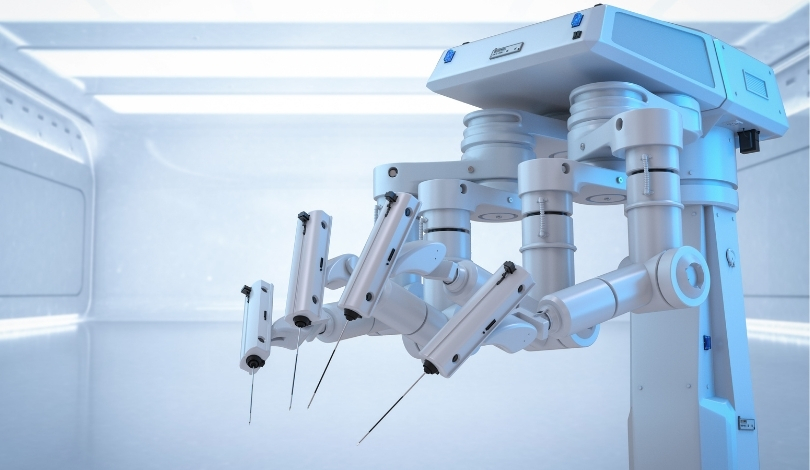Advanced Materials’ latest accepted article delves into the innovative realm of Computed Axial Lithography (CAL) and its application in the development of endoskeletal soft robots. This study examines how CAL’s ability to bypass traditional layered techniques using tomography allows for the creation of intricate parts efficiently. The article details the use of Gelatin Methacrylate (GelMA), a material known for its swelling properties and reversible thermal gelation, in constructing an osmotic actuator with an embedded endoskeletal system. Notably, the research also introduces a computational tool to predict the resin’s absorbed dose, aiding in precise print time estimation.
Unique Additive Manufacturing Capabilities
Computed Axial Lithography (CAL) is emerging as a significant advancement in additive manufacturing, enabling the production of complex components in a single step. CAL’s distinctive overprinting capability allows the formation of 3D geometries around prepositioned inserts by compensating for light occlusion with multiple angular projections. This technique paves the way for novel applications, particularly in the development of multi-material systems such as endoskeletal robots.
The research highlights a practical application of this method using GelMA hydrogel, which is ideal due to its swellable nature and thermal gelation properties. These characteristics enable the suspension of the endoskeleton during the printing process. By fine-tuning the material formulation, actuator design, and post-processing, the team achieved a significant swelling-induced bending actuation of 60 degrees.
Computational Method for Print Time Prediction
To facilitate the printing process, the researchers proposed a straightforward computational method for determining the absolute dose absorbed by the resin. This approach allows for accurate prediction of print times, enhancing the efficiency and precision of the CAL technique. The ability to accurately forecast print duration is particularly beneficial for applications requiring high precision and complex structures.
Comparing this recent study with earlier research reveals advancements in the use of CAL for manufacturing complex parts. Previous reports focused primarily on the theoretical potential of CAL, whereas this article demonstrates practical applications with real-world implications. The integration of GelMA hydrogel in creating an osmotic actuator signifies a leap forward in material science and robotics.
Earlier investigations into additive manufacturing primarily employed traditional layered approaches, which are often limited by resolution and print time. The current work’s emphasis on CAL’s volumetric printing capabilities underscores a shift towards more efficient manufacturing techniques. This evolution marks a notable progression from earlier methods, enhancing the scope and application of 3D printing technologies.
Analyzing the study’s findings and implications, it is evident that the use of CAL in creating endoskeletal soft robots could transform additive manufacturing. The ability to print complex geometries in a single step, coupled with the innovative use of GelMA hydrogel, presents new possibilities for multi-material systems. Moreover, the computational method for predicting print times enhances the practical utility of this technology, making it more accessible for various applications. As the field continues to evolve, integrating these advancements could lead to significant improvements in both manufacturing efficiency and the functionality of printed components.










